Equipment
WRX Spotlight Review: Eminent Golf’s Conic putting trainer
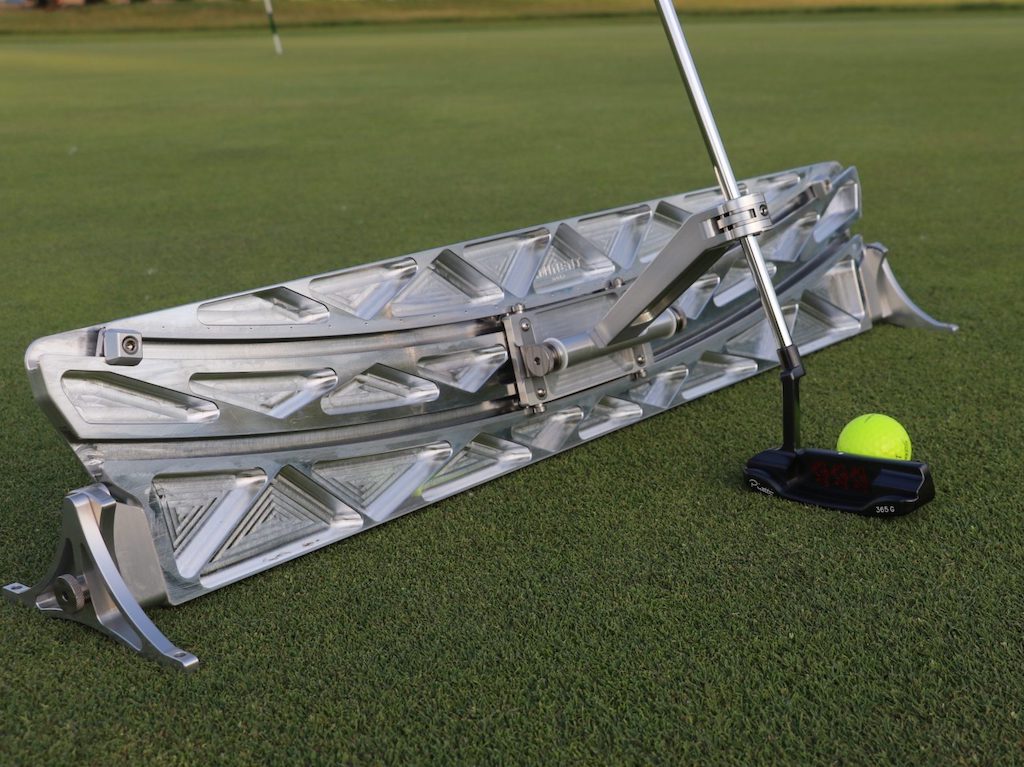
The golf world is full of training aids. From the simple to the silly, there are no shortage of tools and machines being thought up to (hopefully) help golfers improve their games. It’s not very often you come across something that really has the potential to help improve consistency and “ingrain” a feeling (or “feels” as the pros say) into a part of the game that so many struggle with.
This is the Conic putting aid.
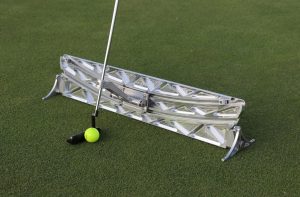

Before we go any further, let me be very up front: this is NOT a training aid intended or designed to be an impulse purchase during early morning reruns on Golf Channel. The Conic costs $1,350.00…but for good reason. It’s designed, manufactured, and built right here in the USA, milled from solid pieces of steel and aluminum. The entire system is built to last and to be a true lifelong training tool. The likelihood of this thing ending up the in a dusty corner of your garage is slim to none. Even the carrying case is something to behold.
On my first try, it took about 5-7 minutes to set up (I went full “dad-building-Ikea-furniture mode” and initially ignored the entire instruction manual. That’s on me), but after the first setup, getting this thing from the case to on the green took just a few minutes after that. It’s 100 percent NOT a “warm up before my tee-time, and throw it in my golf bag” style of training aid because of its size, but if you are headed to the green for a real “session” this is an indispensable tool.
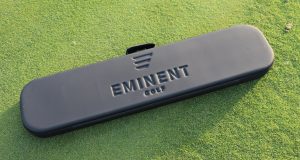
So what does it actually do?
The Conic is designed to get you into the perfect putting setup and help you learn to make a repeatable motion built for your stroke and body type. This is not a one-size-fits-all training aid. It also works for both right and left0handed golfers.
So how does it do all of this:
- The Conic has five adjustable plane angles for different size arcs: 85,80,75,70,65. This makes sure you get set up based on putter type and your optimal stance. The goal is to have you get more consistent with your stroke not some arbitrary “ideal stroke model”
- The trainer controls the X, Y, Z axis of the putter head: Lie, Loft & Face Angle. Each one of these variables can make or break a putt (first putting pun in the bag), and so by being able to control those helps improve repeatability when on the course
- It puts you into the same position time after time to help develop the feeling of a correctly made putting stroke. As much as people might say it, muscles DO NOT have memory — your brain does. The Conic helps develop motion patterns which again lead to helping you be more consistent on the greens
- There is a built-in detachable arm that helps the golfer visualize both the target line and line the putter head up perpendicular to the target — a great tool for those that struggle with direction.
- The putter arm can also be controlled to help maintain a specific stroke length — little stops get inserted into the slide and create instant feedback when you take the putter back too far.
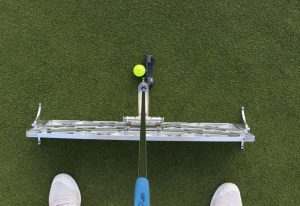
So does it work?
Heck yeah it does! Although not meant for extremely long putts, you can use the Conic 1.0 easily on anything inside 20 feet, and it really helps with the 6-10 footers. With all of the adjustability, it’s also easy to switch between putter models that you might have.
My personal theory with putting and alignment is quite simple: “Every putt is a straight putt. Just get it rolling and let gravity and speed take care of the rest.” The moment the ball leaves your putter face, your job is now over, and what the Conic does is allow you to work on, in a very structured way, hitting putts on line. My favorite use for the Conic was on roughly 7-9″ putts where you just set up, make the right stroke for speed, and watch the ball work its way into the cup.
This is an expensive tool — even PGA Tour pros that are using them paid in full. But like I said before, you get what you pay for with the Conic. Another feature is it can be used inside and out as long as you have a “green” or a nice piece of carpet to roll some putts. Beyond the players who spare no expense on clubs and fittings this seems like a bit of a no brainer – roughly the cost of three nice putters gets you something that will work for you, as long as you want to work with it.
I believe that one of the biggest markets for the Conic currently is for teachers to help students ingrain the feeling of making a solid stroke and increase consistency at setup. The cost is still the biggest factor that will detract people from purchasing this, but for the golfers looking for the ultimate putting aid, the Conic trainer could be your answer to those missed three-footers.
- LIKE41
- LEGIT7
- WOW4
- LOL7
- IDHT0
- FLOP4
- OB2
- SHANK71
Whats in the Bag
Ben Kohles WITB 2024 (May)
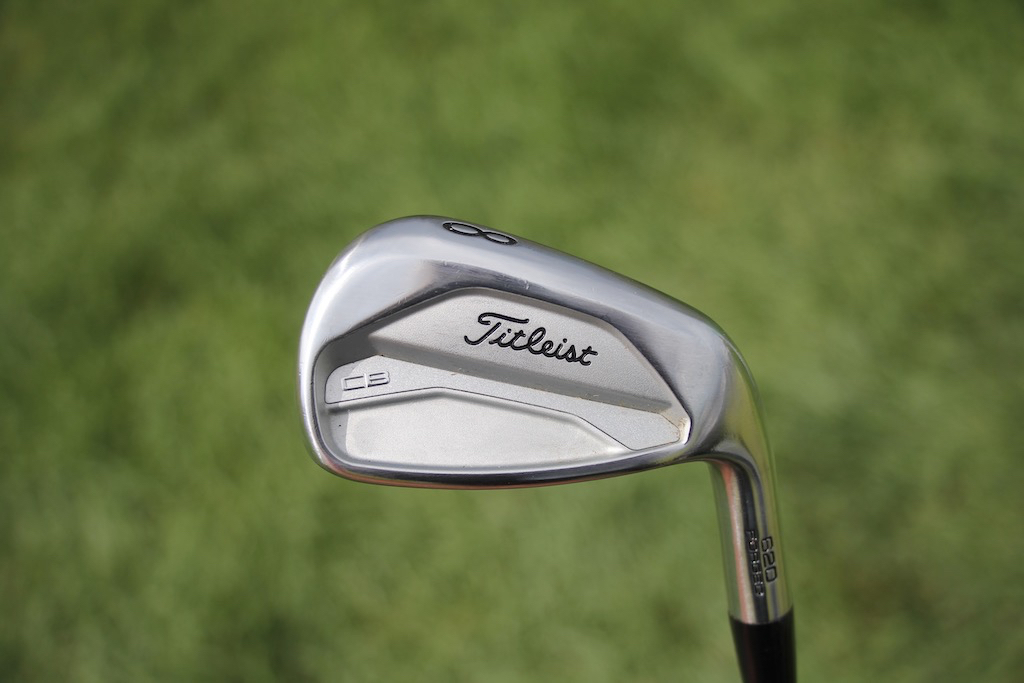
Driver: Titleist TSR3 (9 degrees, D1 SureFit setting)
Shaft: Fujikura Ventus Blue 6 X
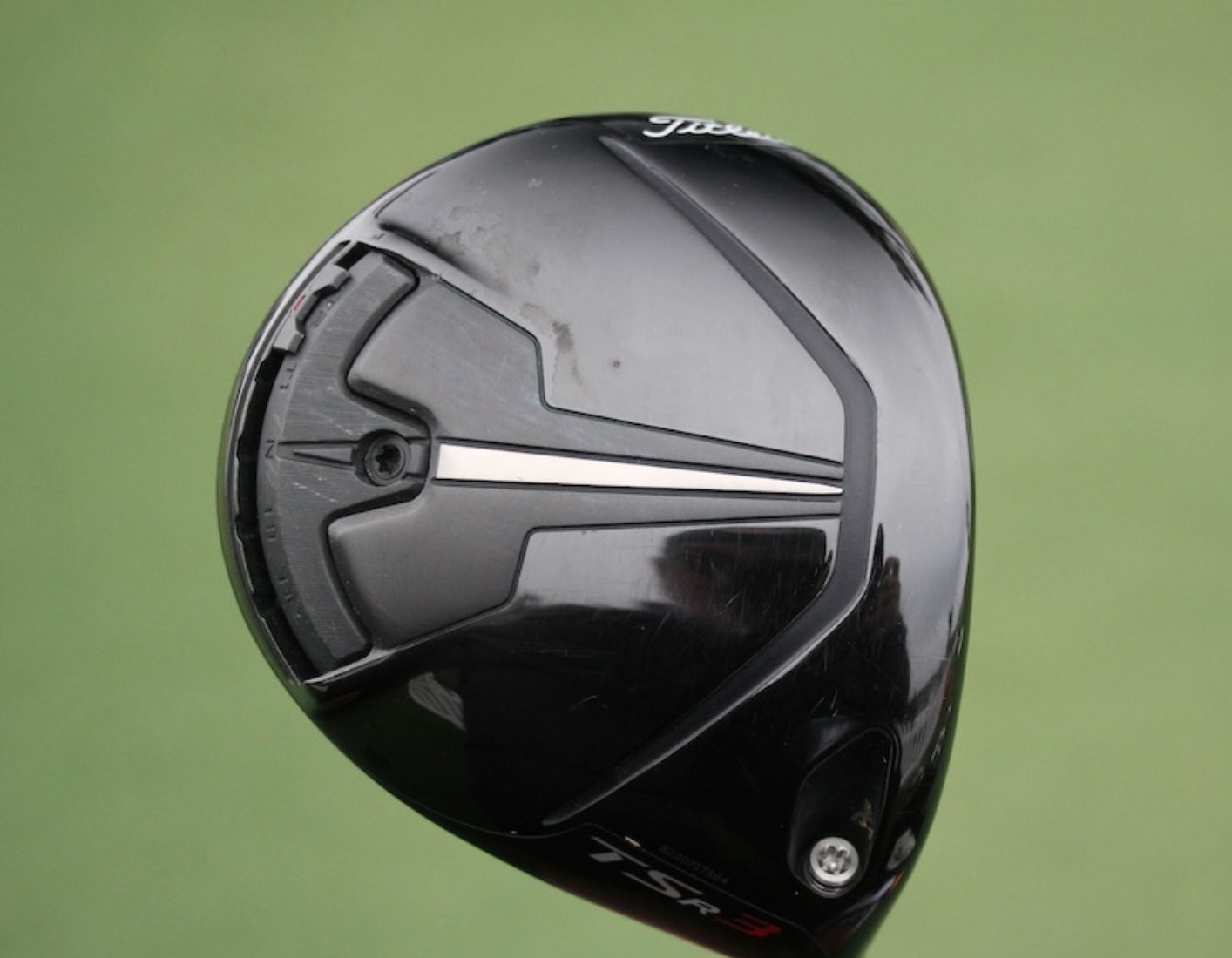
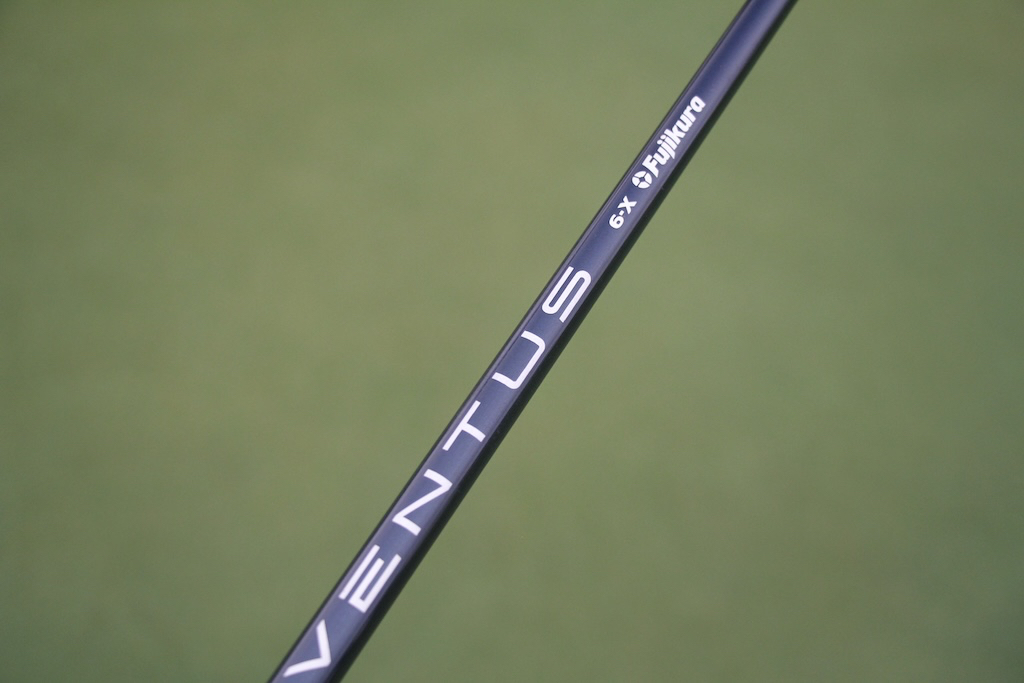
3-wood: TaylorMade Stealth Plus (15 degrees)
Shaft: Fujikura Ventus Blue 8 X
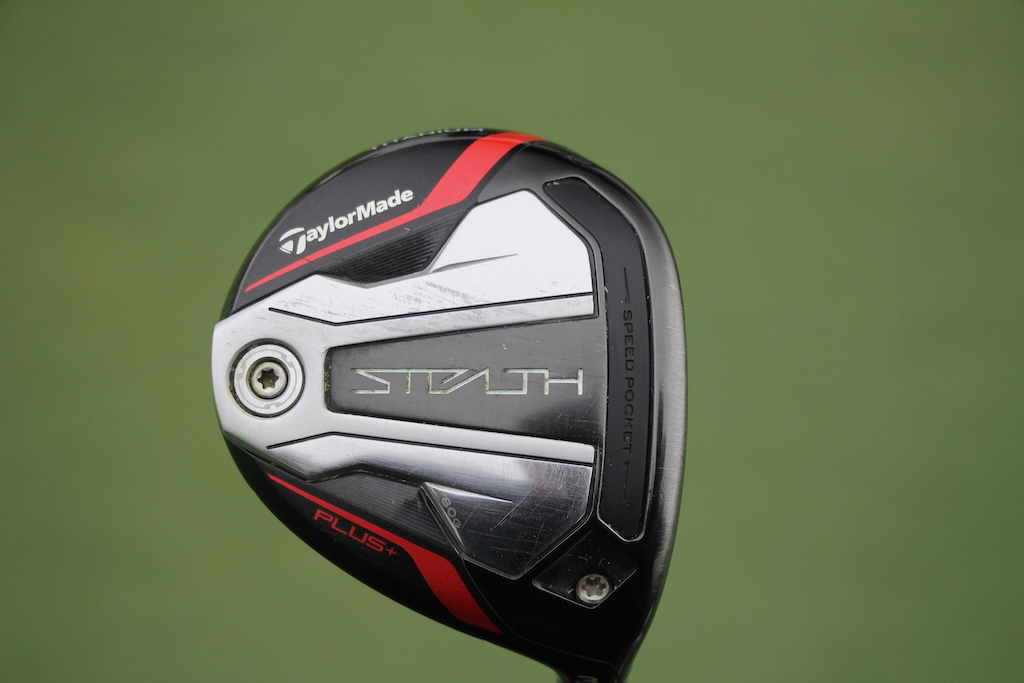
Hybrid: Titleist TSR3 (19 degrees, D1 SureFit setting)
Shaft: Fujikura Ventus Blue HB 9 x
Irons: Titleist T200 (4, 5), Titleist 620 CB (6-9)
Shafts: Project X 6.0
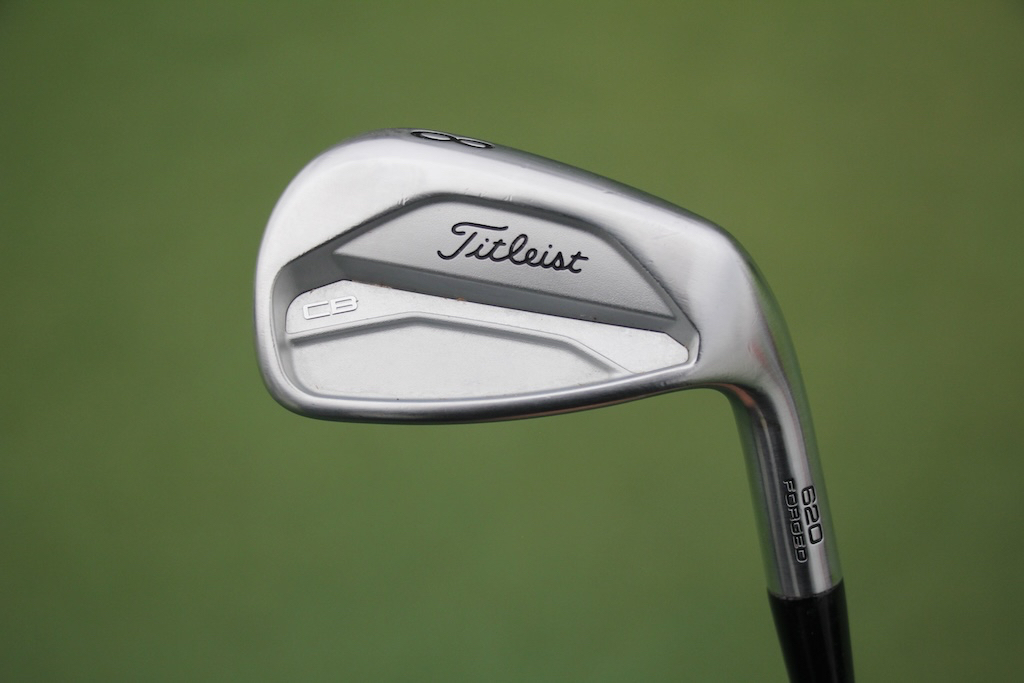
Wedges: Titleist Vokey Design SM10 (46-10F, 50-12F, 54-12D, 60)
Shafts: Project X 6.0
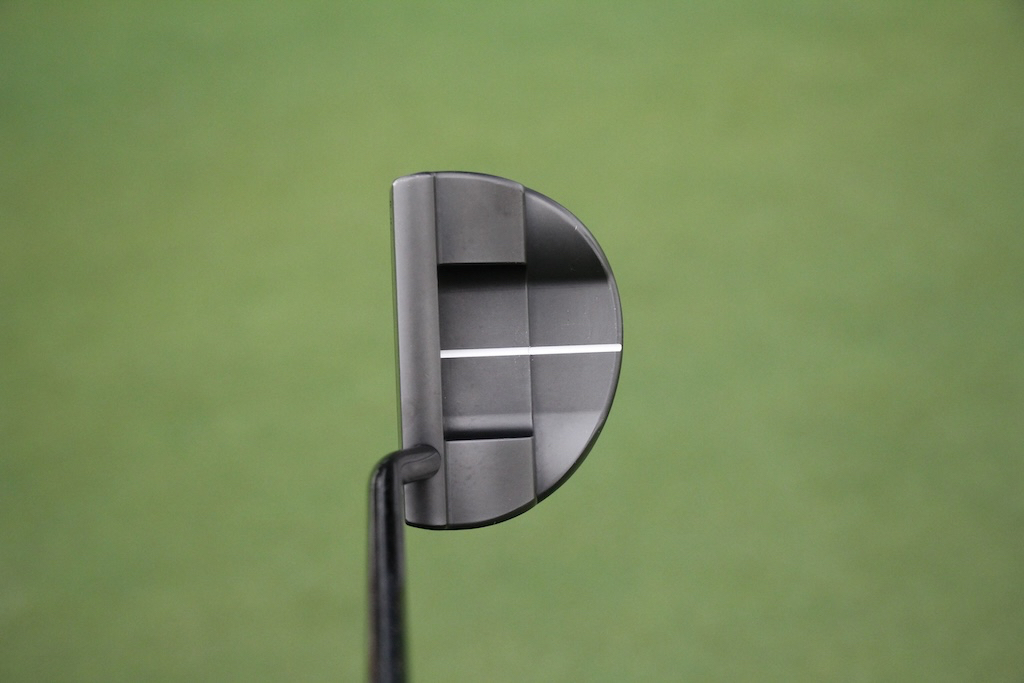
Putter: Scotty Cameron P5 prototype
Grips: Golf Pride Tour Velvet
Ball: Titleist Pro V1
- LIKE3
- LEGIT0
- WOW0
- LOL1
- IDHT0
- FLOP0
- OB0
- SHANK0
Whats in the Bag
Kris Kim WITB 2024 (May)

- Kris Kim what’s in the bag accurate as of the CJ Cup Byron Nelson. More photos from the event here.
Driver: TaylorMade Qi10 (9 degrees @7)
Shaft: Mitsubishi Tensei 1K White 60 TX
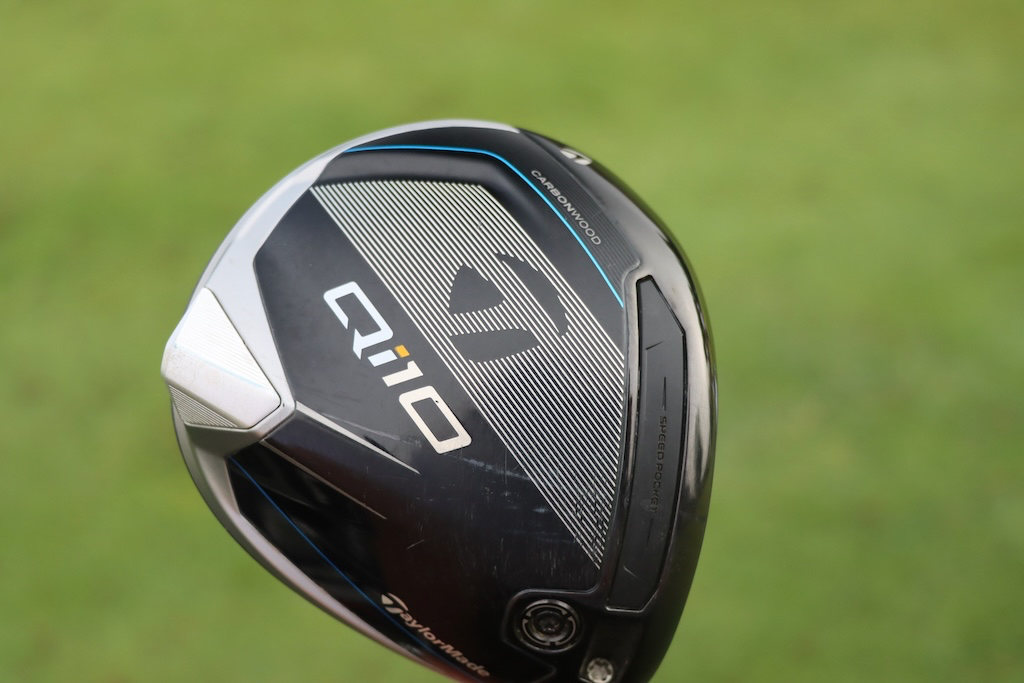

3-wood: TaylorMade Qi10 Tour (15 degrees @13.5)
Shaft: Mitsubishi Diamana WB 73 TX
Irons: TaylorMade P770 (2, 4), TaylorMade P7MB (5-PW)
Shafts: Mitsubishi Tensei 1K White 80 TX (2), Nippon N.S. Pro Modus3 Tour 120 X
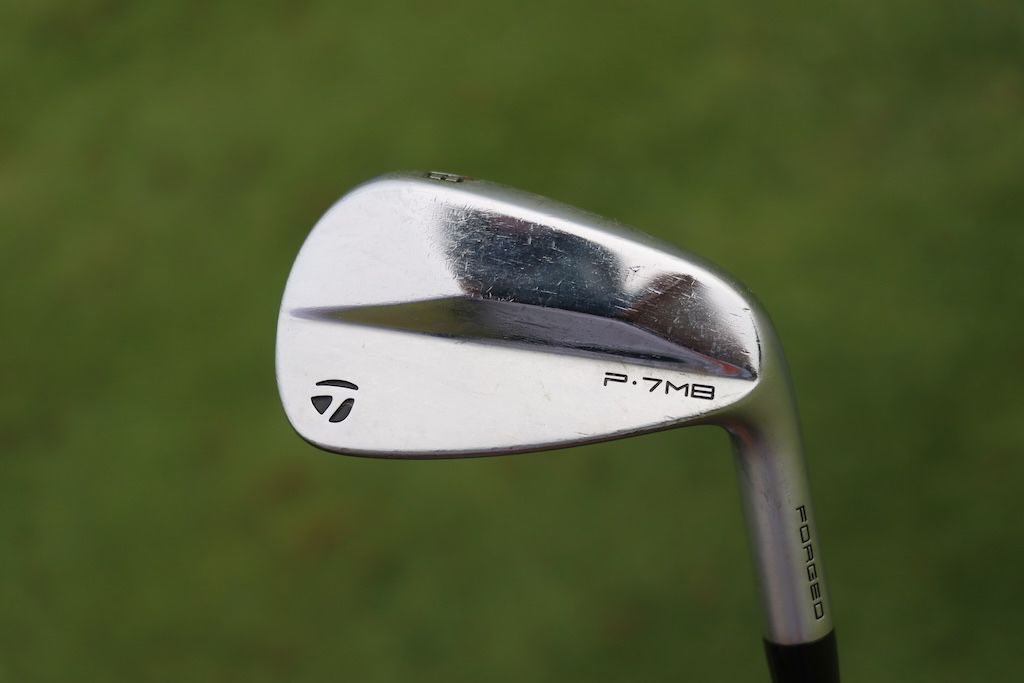

Wedges: TaylorMade MG4 (50-09SB, 56-12SB, 60-11TW)
Shafts: Nippon N.S. Pro Modus3 WV 125
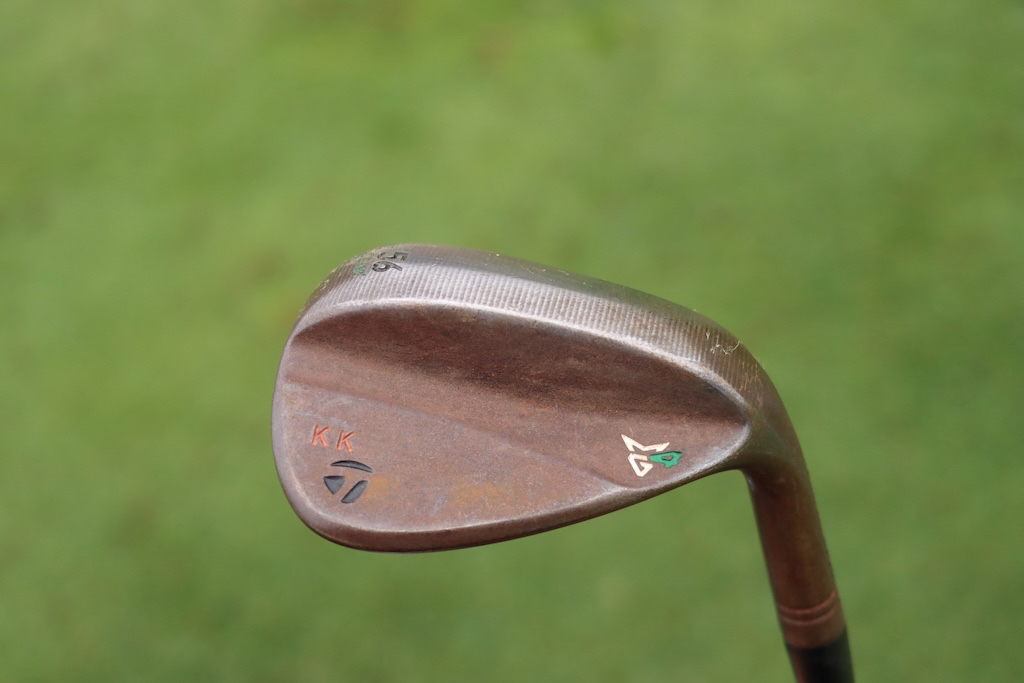

Putter: TaylorMade Spider Tour
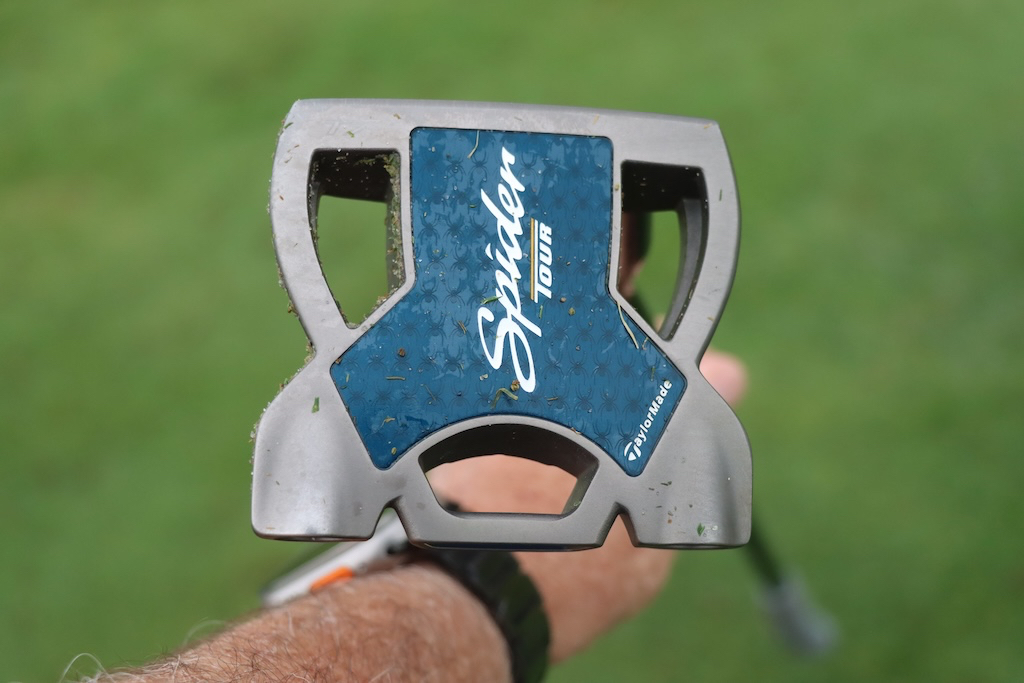
Grips: Golf Pride Tour Velvet Cord
Check out more in-hand photos of Kris Kim’s equipment here.
View this post on Instagram
- LIKE1
- LEGIT0
- WOW0
- LOL0
- IDHT0
- FLOP0
- OB0
- SHANK0
Equipment
Welcome to the family: TaylorMade launches PUDI and PDHY utility irons
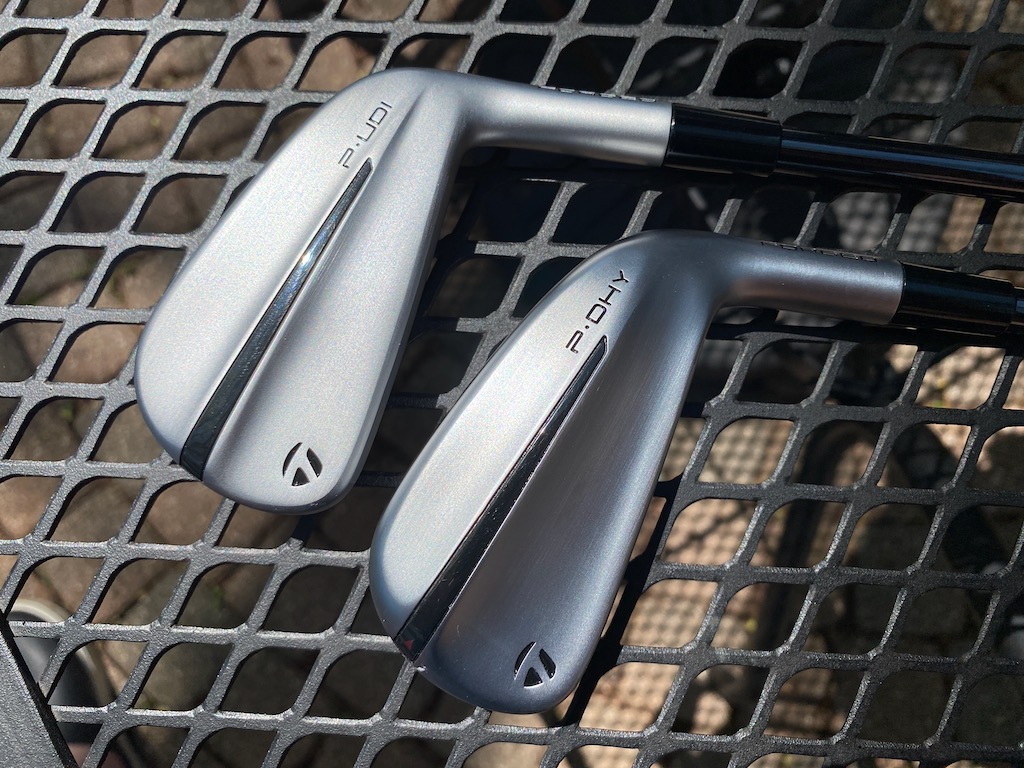
TaylorMade is continuing its UDI/DHY series with the successor to the Stealth UDI and DHY utility irons: PUDI and PDHY (which the company styles as P·UDI and P·DHY). TaylorMade is folding the designs in with its P Series of irons.
TaylorMade outlined the process of developing its new utilities this way. The company started with the data on utility iron usage. Not surprisingly, better players — i.e. those who generate more clubhead speed and strike the ball more precisely — were found to gravitate toward the UDI model. DHY usage, however, covered a wider swath than the company might have expected with six-to-18 handicappers found to be bagging the club.
TaylorMade also found that the majority of golfers playing UDI or DHY utilities were playing P Series irons at the top of their iron configurations.
Can you see where this is going?
Matt Bovee, Director of Product Creation, Iron and Wedge at TaylorMade: “As we look to the future, beyond the tech and the design language, we are excited about repositioning our utility irons into the P·Series family. P·UDI is an easy pair for players that currently play P·Series product and P·DHY is an extremely forgiving option for players of all skill levels. It is a natural fit to give these players the performance in this category that they are looking for.”
View this post on Instagram
TaylorMade PUDI
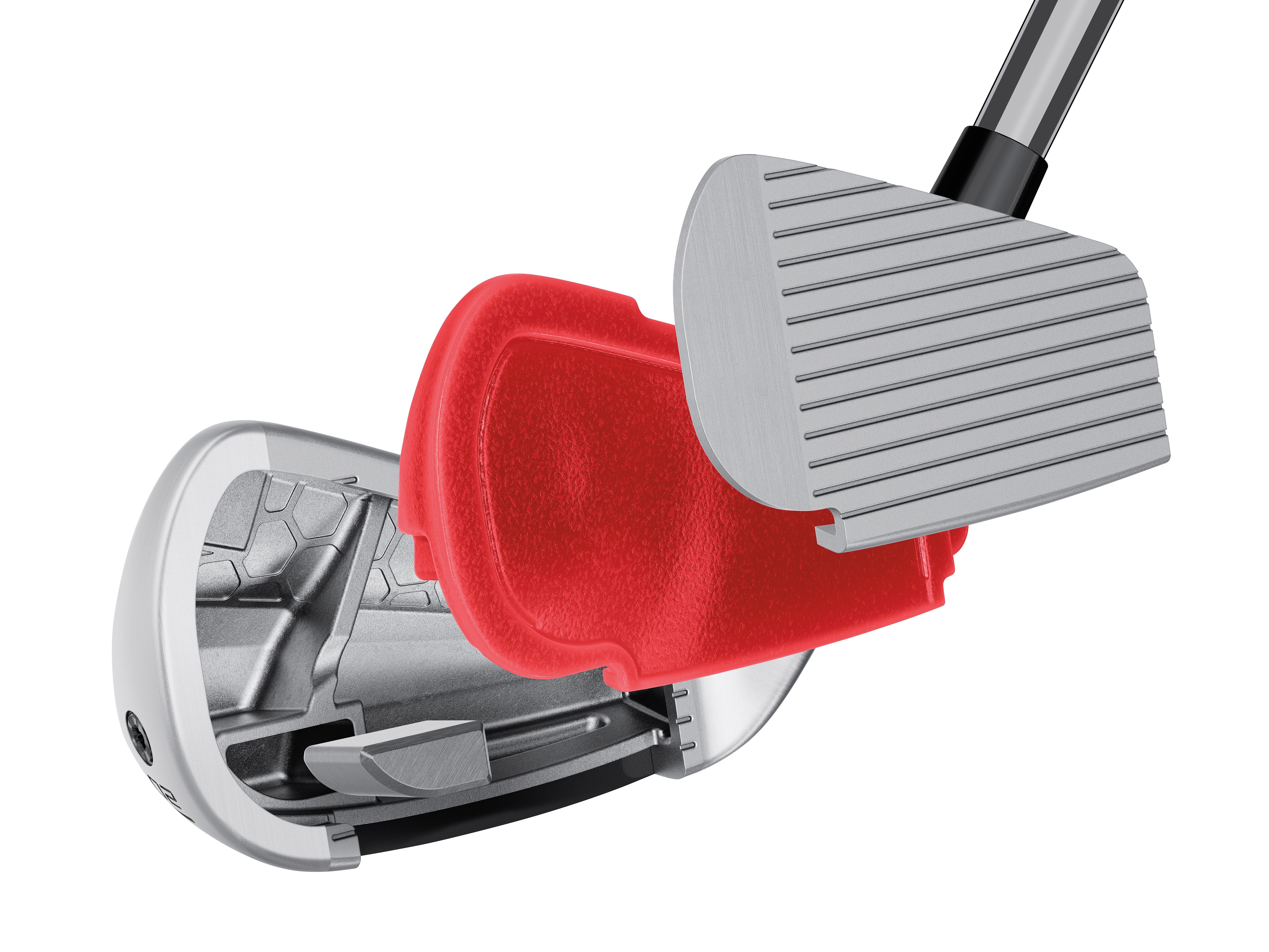
TaylorMade PUDI technology cutaway (via TaylorMade)
Crafted with tour player input, TaylorMade sought to develop a confidence-inspiring utility iron that blends with the rest of the P Series irons. Also of note: Interestingly, the PUDI has a more compact head than the P790.
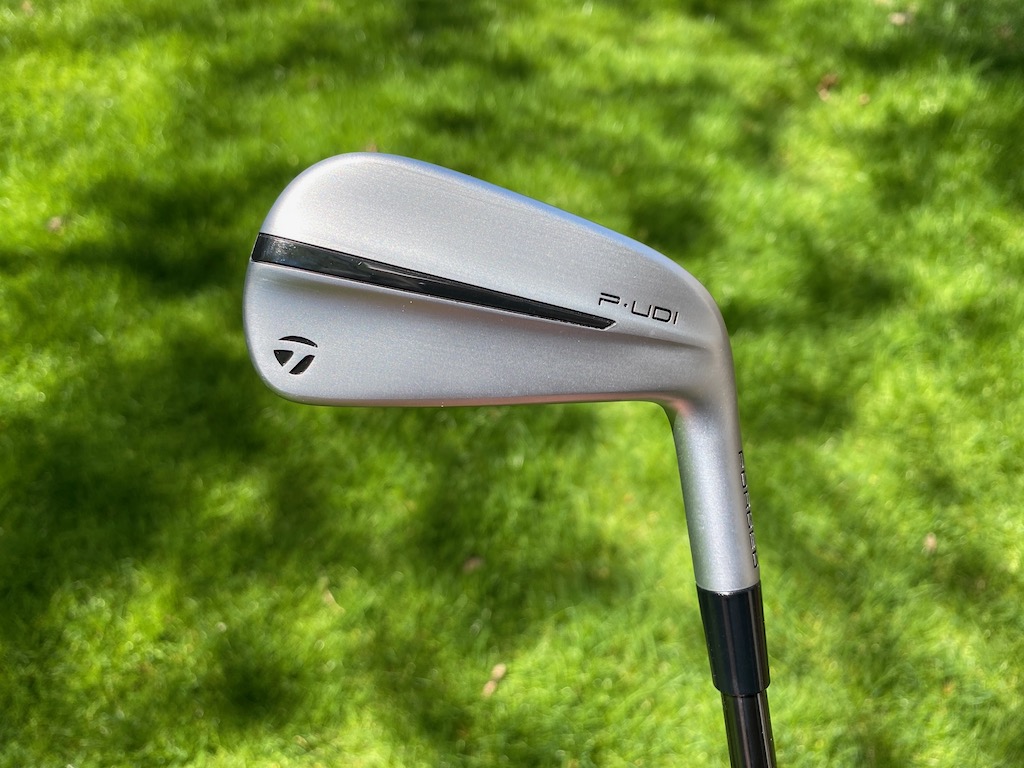
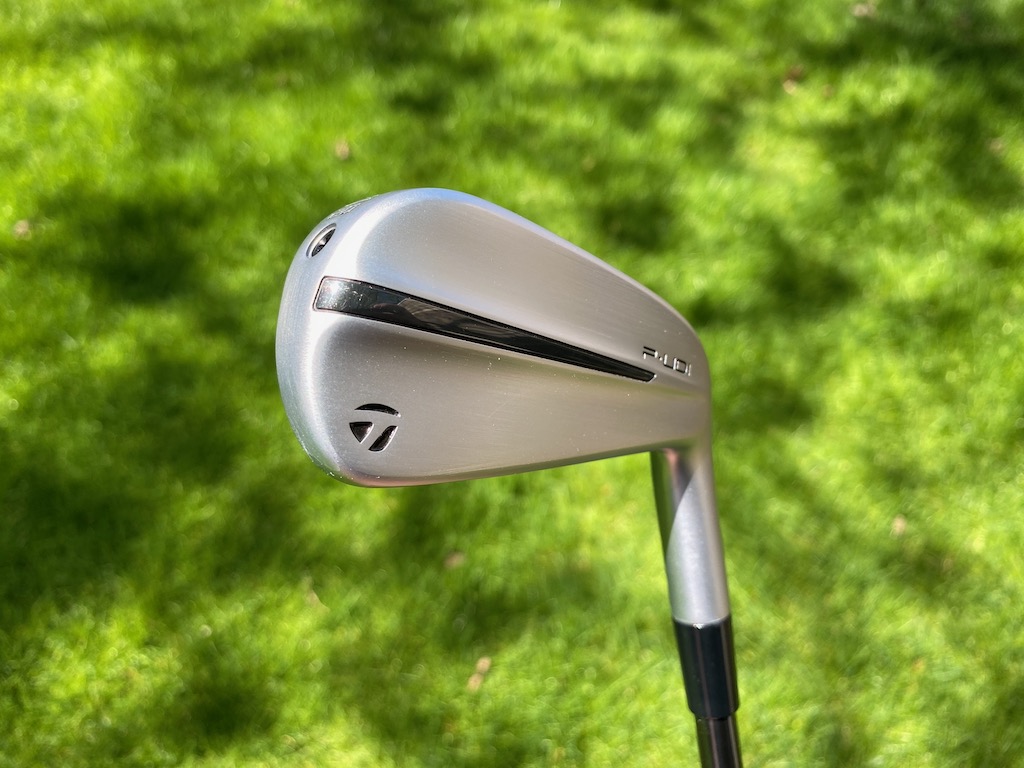
In comparison to past UDI products, the PUDI has a more traditional iron shape, slimmer toplines, and less offset with a little of the backbar visible at address.
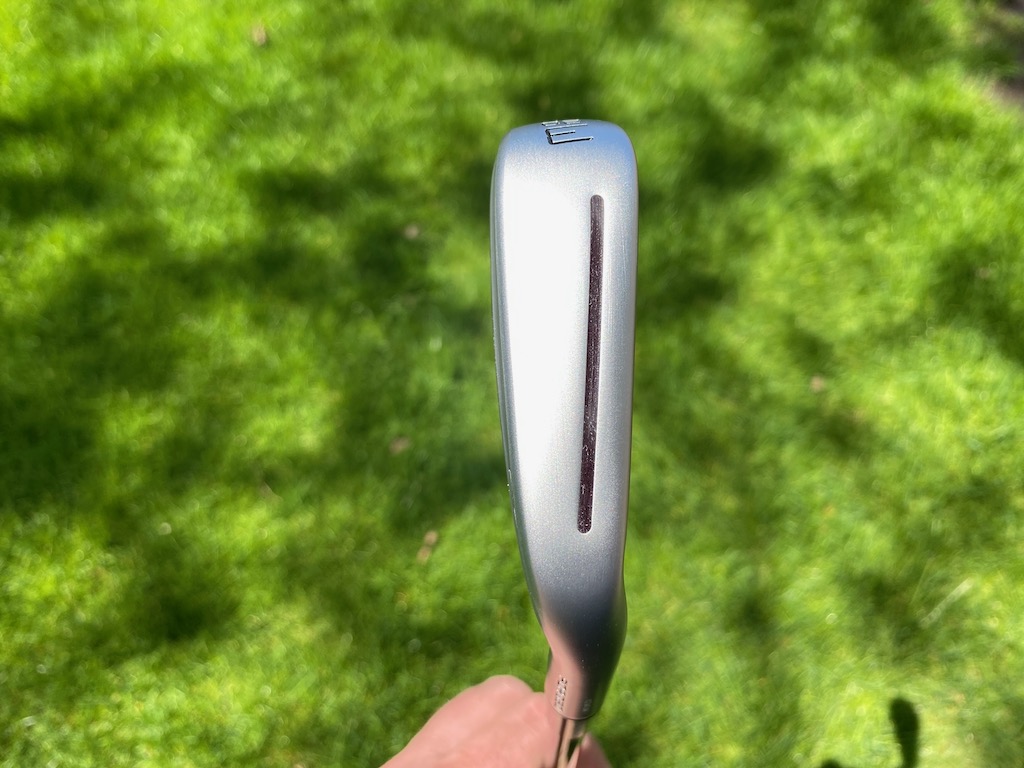

TaylorMade PDHY
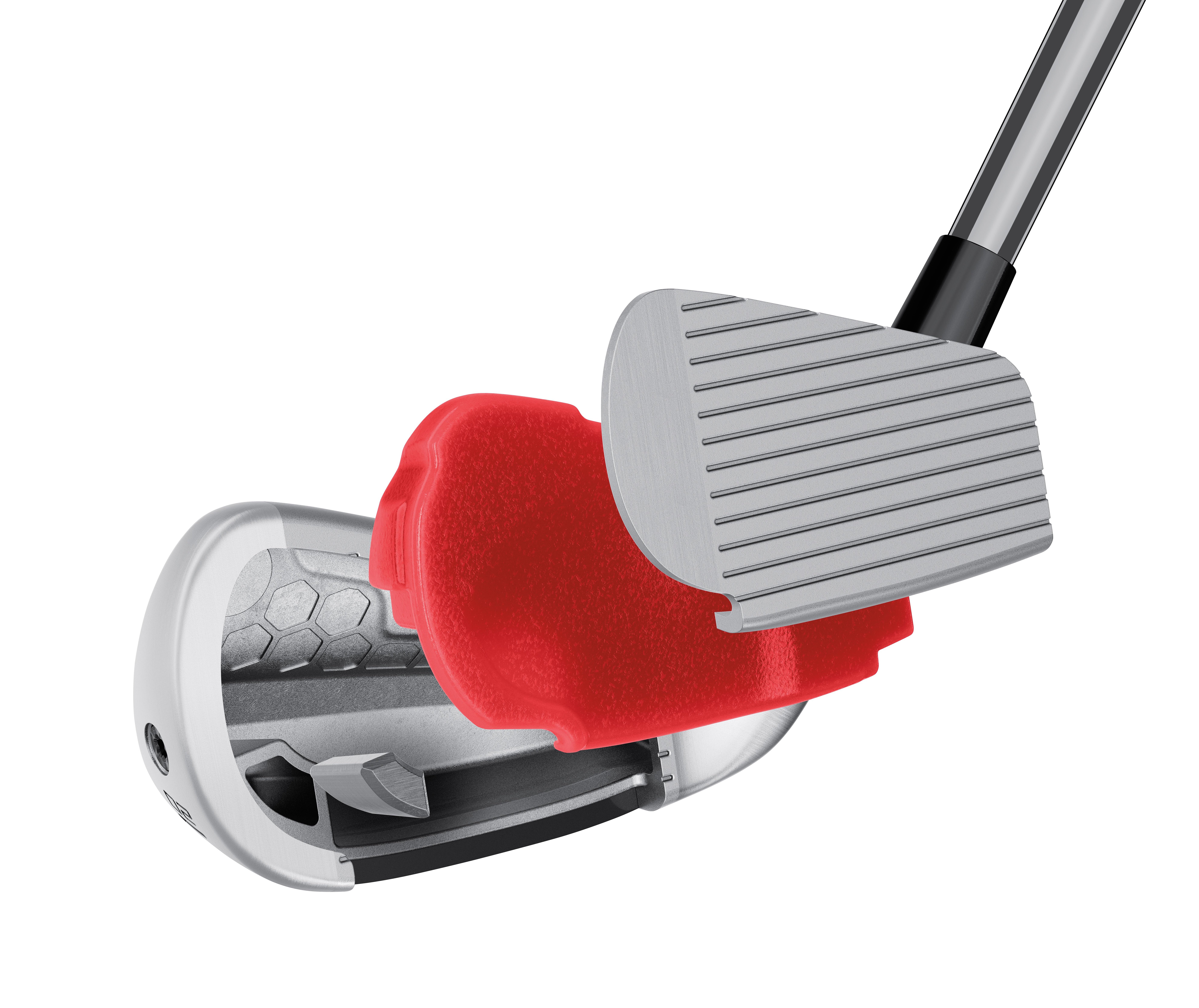
TaylorMade PDHY tech cutaway (via TaylorMade).
Larger in profile than the PUDI, the PDHY seeks to position center of gravity (CG) lower in the club for ease of launch. The toe height is larger and the profile is larger at address — roughly five millimeters longer than PUDI — the sole of the club is wider for improved forgiveness.
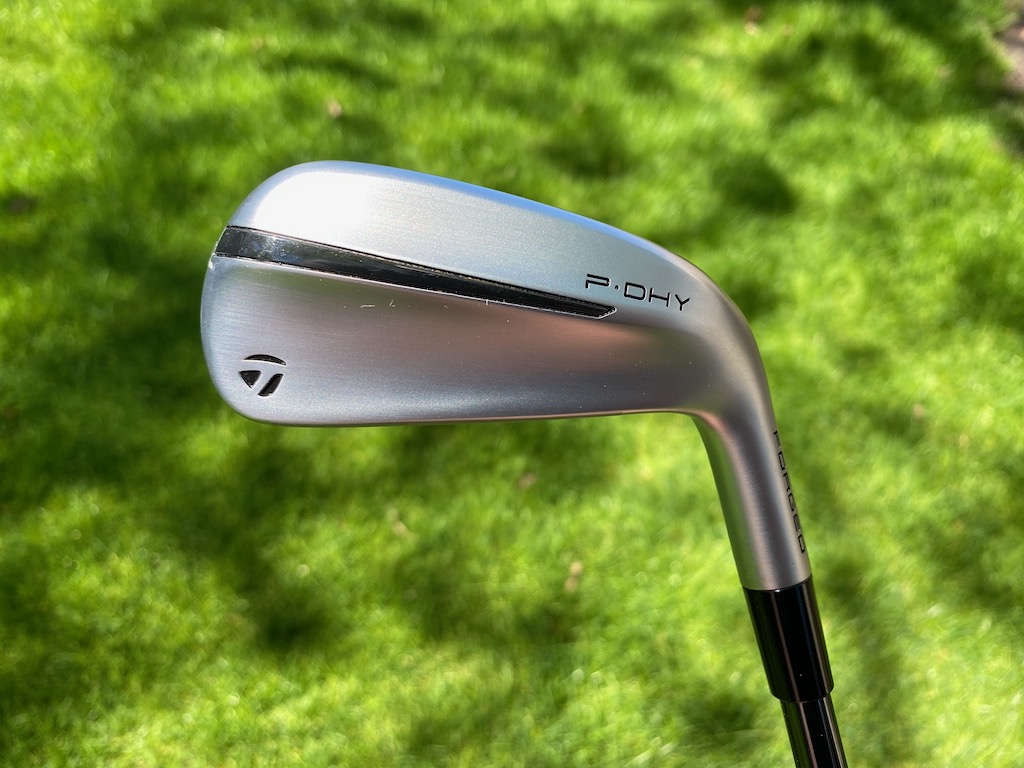



Club Junkie’s take
Golfers who feel like they are missing something at the top of the bag could find the PUDI or PDHY a great option. The look of the PUDI should fit the most discerning eye with a more compact look, less offset, and a thinner topline. If you want a little more confidence looking down the P-DHY will be slightly larger while still being a good-looking utility iron.
For being small packages both models pack a pretty good punch with fast ball speeds, even off-center. The feel is soft and you get a solid feel of the ball compressing off the face when you strike it well. Your ears are greeted with a nice heavy thud as the ball and club come together. The PDHY will launch a little higher for players who need it while the PUDI offers a more penetrating ball flight. Both utility irons could be the cure for an open spot in the top end of the bag.
PUDI, PDHY, or Rescue?
TaylorMade offers the following notes to assist golfers in filling out their bags:
- PUDI has mid-CG right behind the center face to create a more penetrating mid-to-low ball flight
- PDHY has a lower center of gravity to produce an easier-to-launch mid-to-high ball flight.
- Both PUDI and PDHY are lower-flying than the company’s hybrid/Rescue clubs.
- PUDI is more forgiving than P790.
- PDHY is the most forgiving iron in the entire TaylorMade iron family
Pricing, specs, and availability
Price: $249.99
At retail: Now
Stock shafts: UST Mamiya’s Recoil DART (105 X, 90 S and 75 R – only in PDHY)
Stock grip: Golf Pride’s ZGrip (black/grey)
PUDI lofts: 2-17°, 3-20°, 4-22° in both left and right-handed
PDHY lofts: 2-18°, 3-20° and 4-22° in both left and right-handed
- LIKE15
- LEGIT5
- WOW4
- LOL4
- IDHT1
- FLOP2
- OB3
- SHANK5
-

 19th Hole2 weeks ago
19th Hole2 weeks agoJustin Thomas on the equipment choice of Scottie Scheffler that he thinks is ‘weird’
-

 19th Hole2 weeks ago
19th Hole2 weeks ago‘Absolutely crazy’ – Major champ lays into Patrick Cantlay over his decision on final hole of RBC Heritage
-

 19th Hole3 weeks ago
19th Hole3 weeks agoTwo star names reportedly blanked Jon Rahm all week at the Masters
-

 19th Hole3 weeks ago
19th Hole3 weeks agoReport: LIV Golf identifies latest star name they hope to sign to breakaway tour
-

 19th Hole3 weeks ago
19th Hole3 weeks agoNeal Shipley presser ends in awkward fashion after reporter claims Tiger handed him note on 8th fairway
-

 19th Hole3 weeks ago
19th Hole3 weeks agoBrandel Chamblee has ‘no doubt’ who started the McIlroy/LIV rumor and why
-

 19th Hole1 week ago
19th Hole1 week agoLET pro gives detailed financial breakdown of first week on tour…and the net result may shock you
-

 Equipment3 weeks ago
Equipment3 weeks agoJason Day on his recent switch into Srixon ZX5 and ZX7 Mk II irons

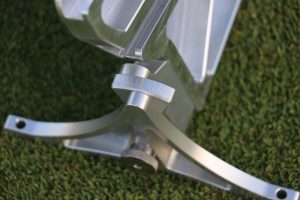








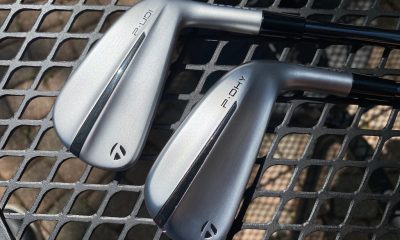















Leftienige
Jul 4, 2019 at 12:31 pm
Only thing I don’t like about this (apart , obviously, from the price ! ) is the use of 2 metals in construction . Any engineer will tell you about electrolytic reaction between ” dissimilar metals”.
Basically they can react and seize up solid after time .
Ask a motorcyclist who rode 70’s-90’s Japanese bikes thru a British winter about trying to keep their brake calipers functioning .
Dave
Jul 2, 2019 at 1:39 pm
Just wanted to say thanks for briefly dispelling the incorrect “muscle memory” trope. Overused and insufficient saying that gives people the wrong impression of how motor behaviors work.
Kuchtheduche
Jul 2, 2019 at 11:43 am
Matt Kuchar is an idiot.
Robert
Jul 2, 2019 at 11:08 am
Not interested in the putting trainer but like that Piretti putter.
JP
Jul 2, 2019 at 10:58 am
That’s throwing $1,350 in the garbage due to desperation!
dat
Jul 2, 2019 at 10:57 am
yikes haha indeed. Leave this tool to the real professionals.
Adam
Jul 2, 2019 at 10:10 am
HAHAHAHAHAHAHAHAHAHAAAHAHAHAHAHA!!!!!!!!!!!
real recognize real
Jul 2, 2019 at 9:45 am
AAHAHAHAHAHHAHHAHAHAHAHAHAHAHAHAHAHAAHAHAHAAHAHAHHAHAHAH!!!!!
Jason
Jul 1, 2019 at 10:25 pm
Hahahahahahahahahahaha! *deep breath* hahahahahahahahahahahahaha!
Caroline
Jul 1, 2019 at 11:50 pm
Does it drive the cart for you too?
Mower
Jul 2, 2019 at 4:43 pm
Muaaahahaahaaarrrrr WTF?! Haaaaahahahaahahahaharrrrrr!